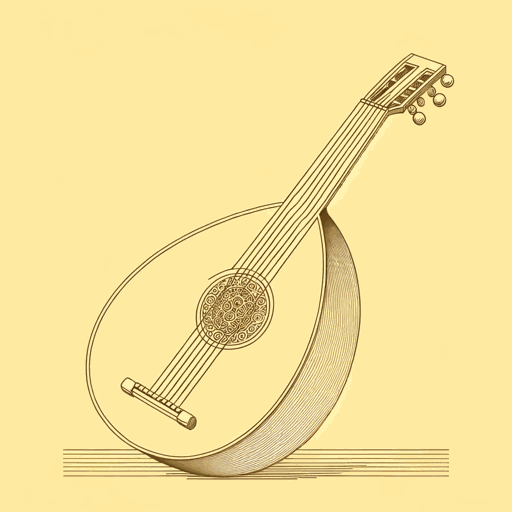41 pages • 1 hour read
Baldassarre CastiglioneThe Book of the Courtier
Nonfiction | Book | Adult | Published in 1528A modern alternative to SparkNotes and CliffsNotes, SuperSummary offers high-quality Study Guides with detailed chapter summaries and analysis of major themes, characters, and more.
Themes
Renaissance Humanism and the Modern Man
The Book of the Courtier remains a seminal text that shaped the definition of the ‘Renaissance man’. Read throughout Europe, the book had a profound impact on the cultural consciousness, becoming the model of an ideal man. It laid out the rules of political and social etiquette for a male courtier.
The Book of the Courtier’s influence spread to England after Thomas Hoby translated the book into English in 1555. Scholar Gabriel Harvey compared his contemporary, Sir Philip Sidney, convincingly with Castiglione’s ideal courtier. Bembo’s discourse on the topic of divine love and beauty are echoed in Sidney’s poem Astrophel and Stella. Sidney, a successful diplomat, wrote about the sophisticated deceptions necessitated by political life in The Defense of Poesy.
Imitation, whether of Renaissance humanists such as Petrarch and Boccaccio, or The Book of the Courtier, was the dominant mode in Early Modern society. The courtier weaponized literacy and learning, supplanting knightly heraldry with diplomacy and a keen eye for aesthetics. The poet and the courtier are thus intrinsically connected through the notion of decorum. A strong grounding in the classics, and rhetoric in particular, was essential to court life. Literary life was integral to political success, and the contentious figure of the upwardly mobile courtier-poet embodied all of these issues.

